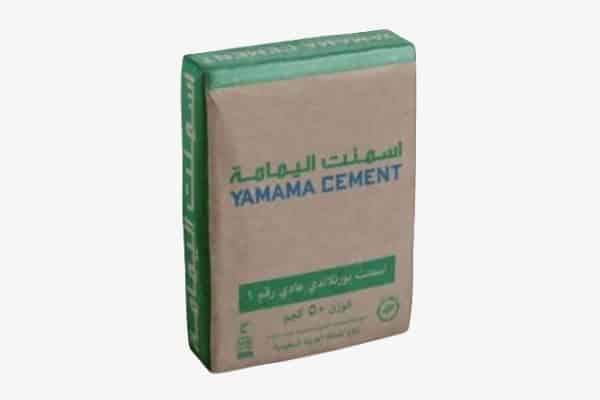Introduction
A team of scientists at Nanjing University in China has made a breakthrough in enhancing wood strength through an innovative chemical technique that removes the hollow tubes within its structure, known as lumen, making it denser and stronger than aluminium and metal alloys. Unlike traditional mechanical compression methods, this approach chemically modifies the wood, improving its performance and offering a sustainable alternative to metals in engineering applications. This Wood Enhancement Technology marks a significant advancement in the field.
The Problem with Traditional Wood
Wood consists of a complex network of cellulose, lignin, and hemicellulose, with internal hollow channels that reduce its hardness, limiting its use in heavy construction applications. Conventional strengthening methods, such as hot pressing, often result in uneven force distribution, making wood less efficient for certain uses. To address these challenges, Wood Enhancement Technology offers a promising solution.
“The new technique uniformly shrinks the wood, enhancing its strength and making it more durable than traditional construction materials.” – Nanjing University Research Team
How the Chemical Technique Works
Scientists developed a two-step chemical process that reshapes the internal wood structure in a precise manner through Wood Enhancement Technology:
- Partial Lignin Removal: The wood is boiled in a solution of sodium hydroxide (caustic soda) and sodium sulfite, which removes some of the lignin that binds the fibers together.
- Soaking in a Special Solvent: It is then immersed in a mixture of lithium chloride and dimethylacetamide, causing the cellulose and remaining lignin to expand. This is a crucial stage in the Wood Enhancement Technology process.
- Drying and Uniform Shrinkage: After soaking, the wood is gradually dried, leading to uniform shrinkage and eliminating internal voids, significantly increasing its strength and showcasing Wood Enhancement Technology advantages.
Results of the New Technique
Tests have shown that wood treated with this method exhibits superior mechanical properties, surpassing some metals like aluminium, with:
- Tensile strength of 496.1 MPa
- Flexural strength of 392.7 MPa
- Impact toughness of 75.2 kJ/m²

Advantages of the New Technique
- Stronger than Aluminium: Provides exceptional mechanical strength with reduced weight. This demonstrates one of the key benefits of Wood Enhancement Technology.
- Environmentally Friendly: Reduces the need for mining and heavy metal use.
- Even Force Distribution: Unlike traditional hot pressing, it enhances durability without distortions.
- Potential Use in Construction and Engineering: Could replace steel and aluminium in specific applications, showcasing the potential of Wood Enhancement Technology.
“Enhanced wood could become the future of sustainable construction materials, with properties surpassing many traditional metals.” – Nanjing University Researchers
Comparison Between Enhanced Wood and Other Materials
| Material | Tensile Strength (MPa) | Flexural Strength (MPa) | Impact Toughness (kJ/m²) |
|---|---|---|---|
| Chemically Treated Wood | 496.1 | 392.7 | 75.2 |
| Traditionally Compressed Wood | 350 | 250 | 40 |
| Aluminium Alloys | 310 | 280 | 50 |
Conclusion
This technique represents a revolution in construction materials, as chemically enhanced wood could replace metals in many engineering and architectural applications. With continued research, we may soon see massive structures built entirely from this treated wood, reducing the environmental impact of construction while offering a sustainable and innovative alternative to traditional materials. This is the promise of Wood Enhancement Technology for the future.







